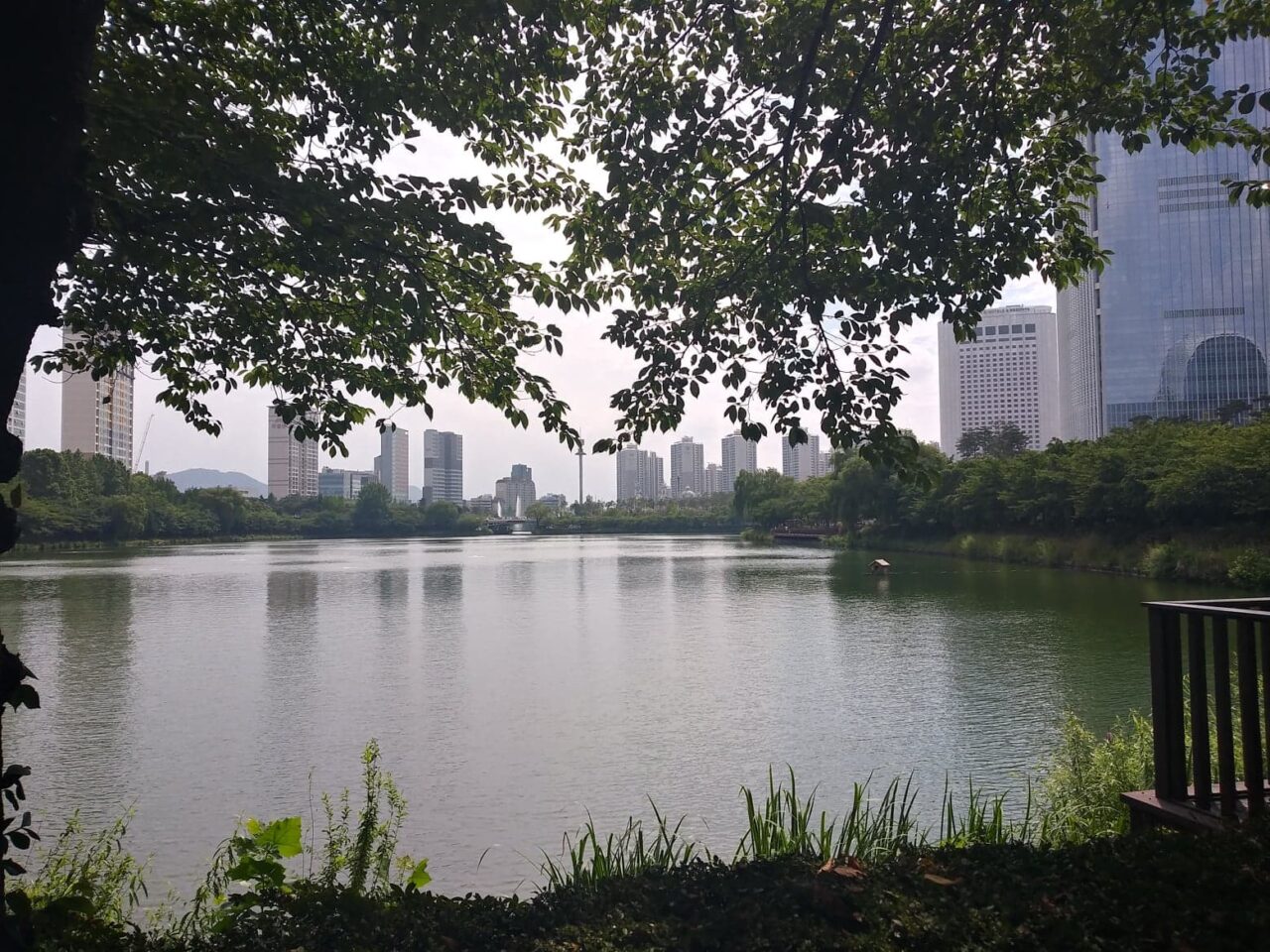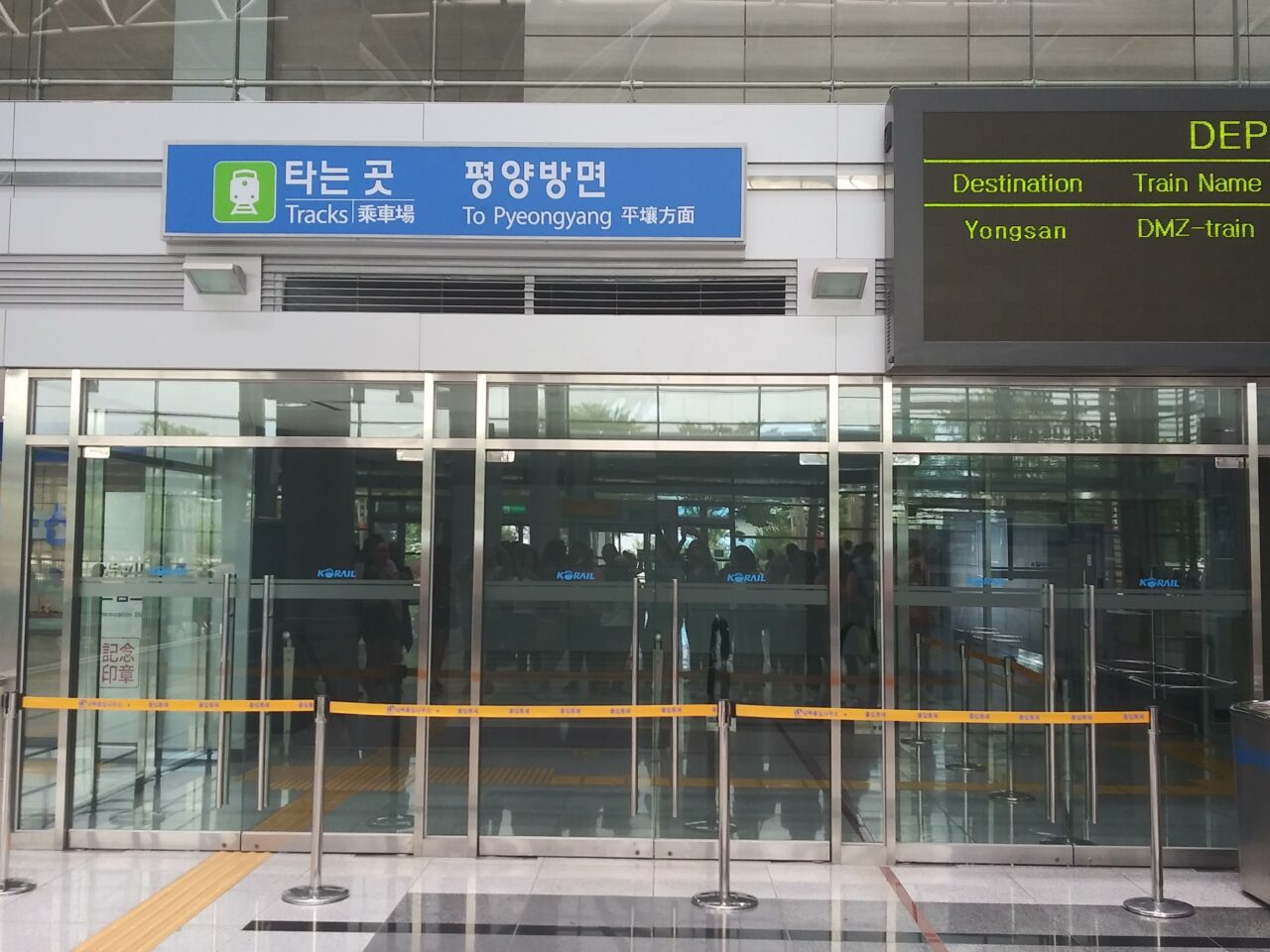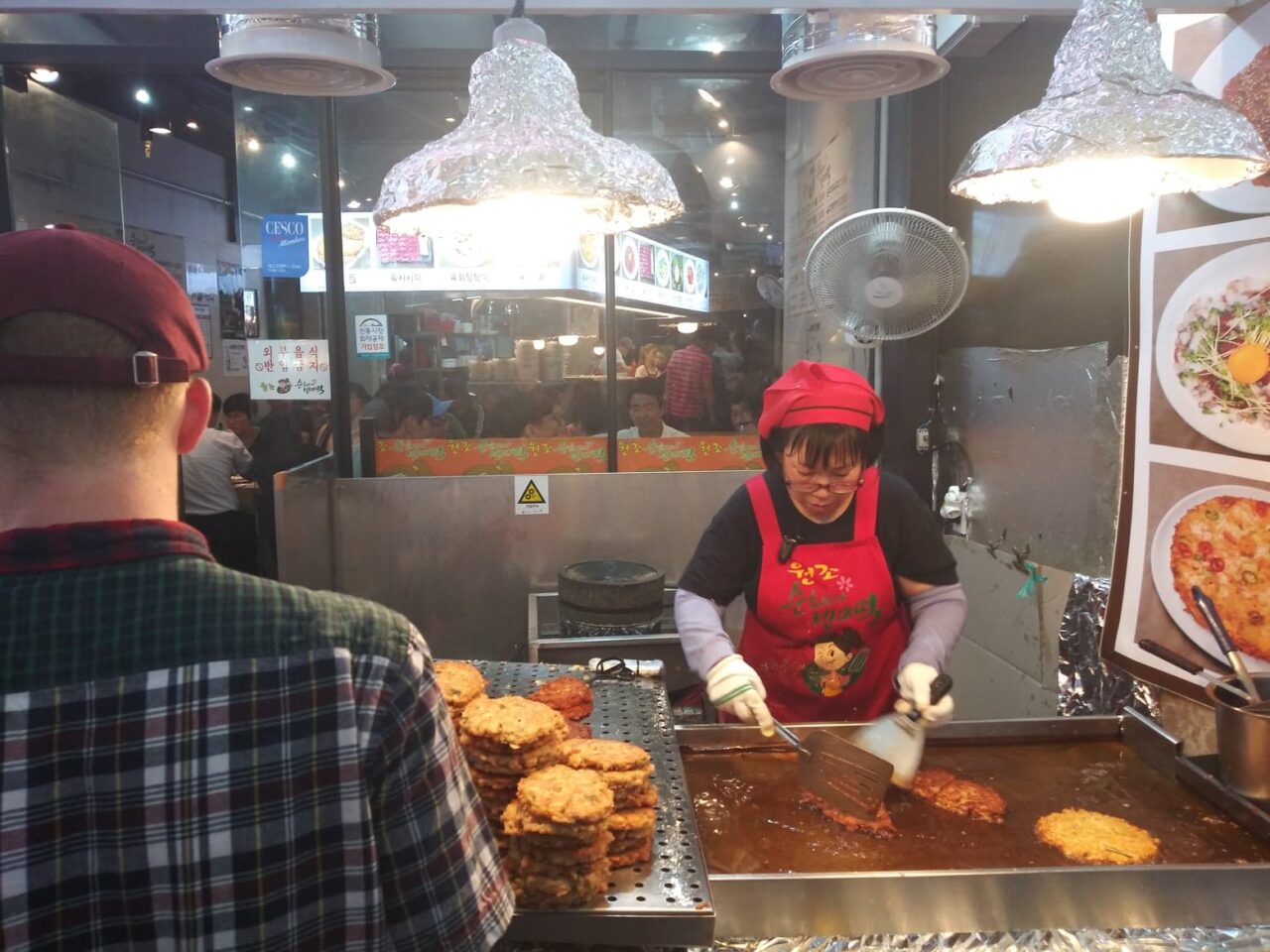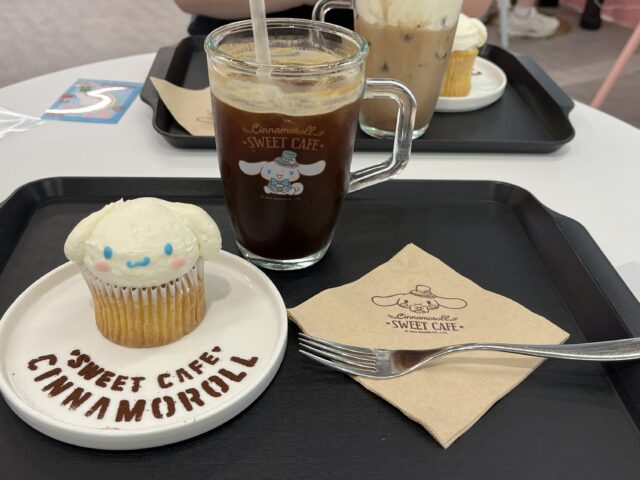The idea of traveling and studying abroad can be daunting, especially if you do not speak the language of your host country. While South Korea is accessible to foreigners, knowing a few words in Korean can make your trip run a little smoother. Here are 20 words that will help you during your stay in South Korea.

Hello – 안녕하세요 or 여보세요
There are a few ways to greet people in Korean, however, the most common phrase to say hello is annyeong haseyo (안녕하세요). When you call someone on the phone, however, they may use the less formal version, yeoboseyo (여보세요).
Goodbye – 안녕히 계세요 or 안녕히 가세요
Like hello, there are a few ways to bid someone farewell in Korean, and which one you use depends on who is the person leaving the conversation. If you were out shopping and you were about to leave a store, you would say annyeonghi gyeseyo (안녕히 계세요) to the person who helped you, which translates to “please stay well.”
However, if you were studying with a friend at cafe, and they had to leave while you stayed at the cafe, you would say annyeonghi kaseyo (안녕히 가세요), which translates to “please go well.”
Yes – 네 or 예
“Yes” in Korean can be said two ways, and which word you use is up to personal preference. The first way to say it is ne (네). The second way to say yes is ye (예)
As I mentioned, there is no rule for which version to use. Ne may be used in more formal settings, but at the same time, it would not be wrong to use ye. Personally, I used ye more often, just as it was easier to say and felt more natural in conversation. Over time, you will develop your own preference.
No – 아니요
“No” in Korean is said aniyo (아니요). It can be shortened to just ani (아니), though this is uncommon in conversations with anyone other than close friends.
Excuse me – 실례합니다
In Korean, “excuse me,” is said shillye hamnida (실례합니다).
During my time in Korean classes, I was always taught to be direct when speaking, so it would not be common to use shillye hamnida if you are trying to move past someone in a crowded place. Instead, it is typically used if you are asking someone for a moment of their time, such as to ask a stranger for help, or before asking a professor a question outside of class.
Sorry – 미안해요 or 죄송합니다
Similar to other phrases on this list, there are a few different ways to say “sorry” in Korean, however, as a study abroad student, it is unlikely to need any version other than mianhaeyo (미안해요).
Mianhaeyo uses the base level of politeness and is okay to use in just about every situation. If for some reason, you do find yourself owing someone a more formal apology, such as someone who is much older than you, you can use jwesong hamnida (죄송합니다).
Thank you – 감사합니다
The most basic way to say “thank you” in Korean is kamsahamnida (감사합니다). There are less formal ways of saying “thank you,” however, kamsahamnida is the most universal phrase and will be appropriate, no matter the place or person.
My name is… – 제이름은…입니다
The best way to introduce yourself in Korean is by saying jae ireumeun (your name) imnida (제이름은…입니다). For example, I would say: jae ireumeun Sarah imnida.
This is a more formal introduction. However, it would never be considered wrong or impolite, which is why it is the best way to introduce yourself.
I am American – 저는 미국사람이에요
While I was in Korea, I had a lot of people ask me where I was from. If you are from the United States, the best way to respond is by saying jeoneun miguk saram iyeyo (저는 미국사람이에요). This directly translates to “I am American person.”
If you are not American, but people still ask where you are from, you can substitute miguk (미국) with kannada (캐나다) for Canada, yeongguk (영국) for England, jungguk (중국) for China, and so on.

Where is… – …어디에 있어요?
When asking for directions in Korean, it is important to know that the location you are looking for always comes first. So to ask where something is, you would say a location and end it with eodi e isseoyo (어디에 있어요).
For example, if you wanted to know where the pharmacy was, you would say yakguk eodi e isseoyo (약국 어디에 있어요).
Subway station – 지하철역
If you ever get lost in Korea, the best way to get “un-lost” is to find the nearest subway station. By finding the nearest subway station, you will be able to find your way home (or wherever you may be going) easily.
“Subway station” in Korean is jihacheol yeok (지하철역). If you needed to ask someone for directions to the subway station, you would say jihacheol yeok eodi e isseoyo (지하철역 어디에 있어요).
Bus stop – 버스정거장
Similar to finding a subway station, finding a bus stop is another good way to figure out where you are if you’re lost.
“Bus stop” in Korean is beosu jeongkeojang (버스정거장), and to ask where the bus stop is, you would say beosu jeongkeojang eodi e isseoyo (버스정거장 어디에 있어요).
This – 이거 or 이거요
If you don’t know much Korean, you don’t know the word for something, or if you just aren’t confident in your ability to ask for something, “this” is a word you must know.
“This” in Korean, is igeo (이거). Igo is typically used within a complete sentence, so if you want to use it by itself, you should use the more polite form, which is igeoyo (이거요)
When I was in Korea, I think igeoyo was an absolute lifesaver. It helped me to order food, to buy souvenirs for friends, to ask about prices. Igeoyo was an essential part of my vocabulary.
Can I have… – 주세요
One of the most common ways to use igeo is to order something at a restaurant or to buy something at a store. To politely ask “can I have…”, you would say the item you wanted and end with juseyo (주세요). So, if you wanted to ask “can I please have this,” while pointing to an item on the menu, you would say igeo juseyo (이거 주세요).

How much is this – 이거 얼마예요
It’s no secret that Seoul has great shopping. If you love shopping, but you’re trying to stay on a budget, you’ll definitely want to keep track of how much you’re spending. If this describes you, you’ll definitely want to know how to ask the price of an item.
To ask “how much is this?” you say igeo eolmayeyo (이거 얼마예요).
Can you please repeat that? – 다시 한 번 말해줄래요?
If you’re learning a new language, it can sometimes be hard to understand what someone is saying. If you need to ask someone to repeat what they just said, you can ask dasi han beon malhaejurlaeyo (다시 한 번 말해줄래요).
I do not speak Korean (well) – 저 한국어 못해요 or 저 한국어 잘 못해요
If you speak Korean to enough people, chances are, someone will think you know more than you actually do. In my experience, native Korean speakers get very excited when people from outside Korea make an effort to learn their language, and they may want to try to converse with you.
If you ever need to tell someone that you do not speak Korean, you say jeo hangukeo mothaeyo (저 한국어 못해요).
If you can speak Korean, though, and you just need to tell someone that you can not speak Korean well, you can add in the Korean word for “well,” and say jeo hangukeo jal mothaeyo (저 한국어 잘 못해요).
Do you speak English? – 영어 하세요
If you need more specific help, sometimes it is best to find someone who speaks English. If you ever need to ask if someone speaks English, you can say yeongeo haseyo (영어 하세요).
It’s/I’m okay – 괜찮아요
If someone ever apologizes for bumping into you on a crowded street or subway car, it’s good to know how to say “it’s okay.” In Korean, to tell someone that you or something is okay, you say qwenchanhayo (괜찮아요).
(It’s) Delicious – 맛있어요
So maybe telling someone their food is delicious isn’t exactly essential, but it certainly is a nice thing to do, especially if it really is good. One of my favorite memories of my study abroad trip is when I told the woman who served me tteokbokki and kimbap that it was delicious. She was so happy I enjoyed it and helped me to practice some of my Korean while I was at her booth in the market.
This one phrase that my own Korean teacher taught me allowed me to connect with someone I never would have otherwise had a chance to meet and connect with, so I consider it an important word to know if you’re going to South Korea.
To tell someone that something is delicious, you say masiseoyo (맛있어요).
TEAN Alum, Sarah Hachman, Washington State University, studied abroad in South Korea with TEAN.







